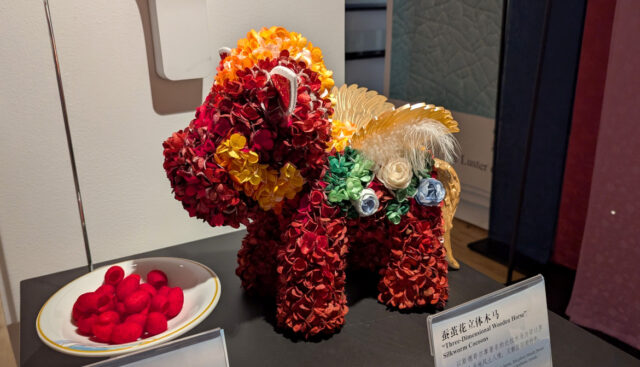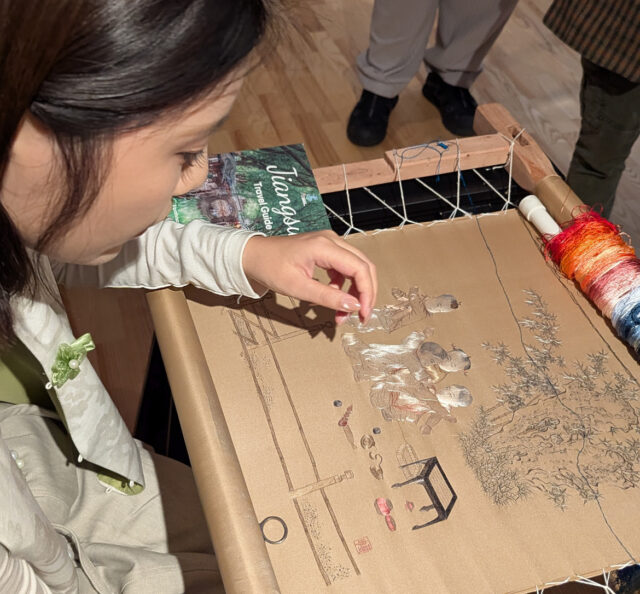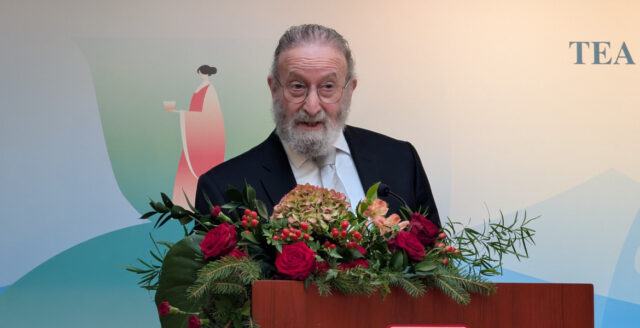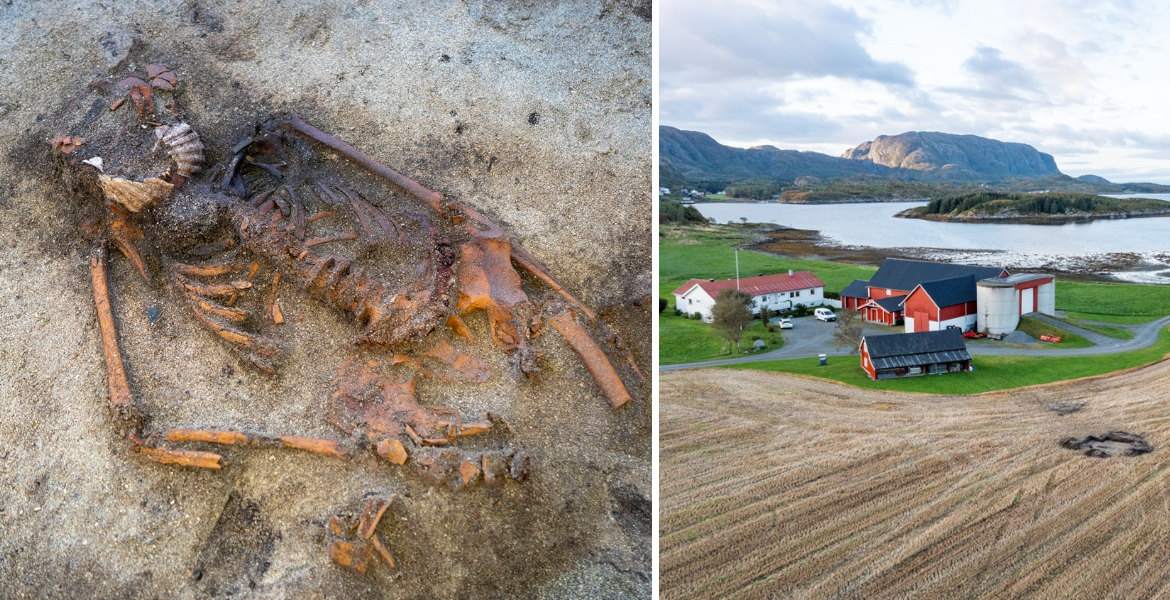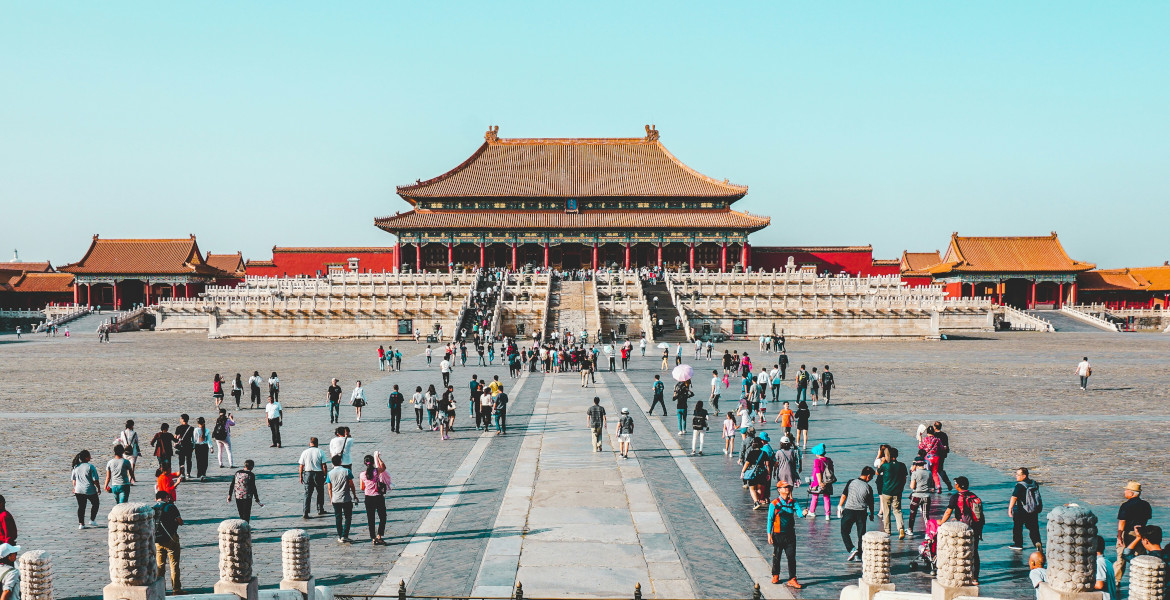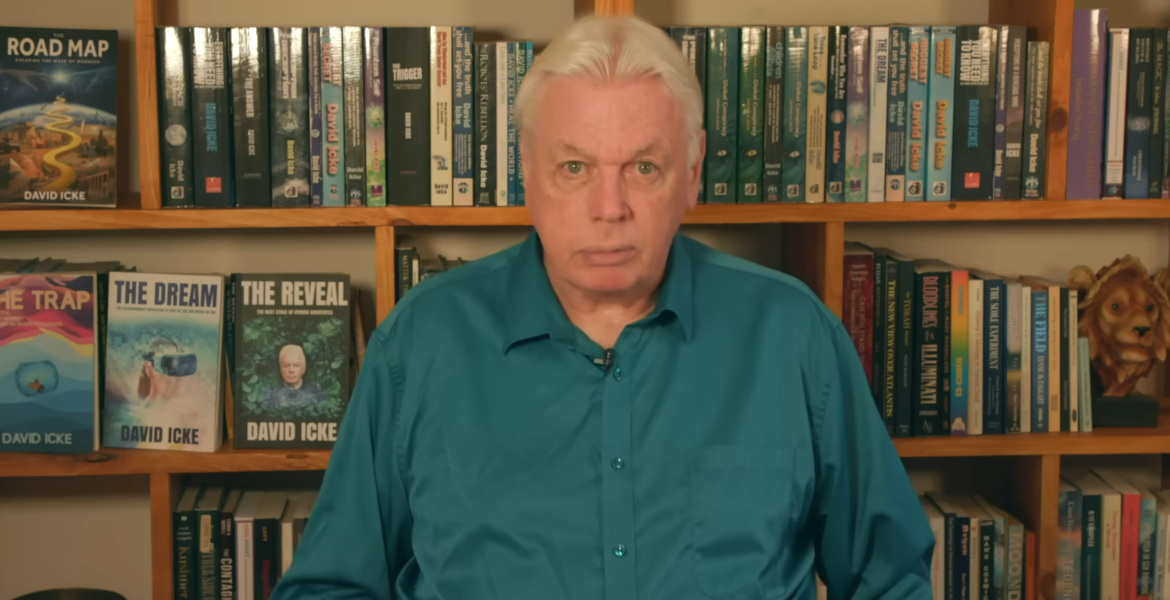Salina Slănic offers visitors a unique insight into the underground world of Europe's largest salt mine. Experience rooms the size of an entire church, explore salt sculptures and enjoy the healing air that is almost completely free of pollution.
About 100 kilometers from Bucharest, the former Salina Slănic salt mine is located at a depth of about 208 meters. It is considered the largest salt mine in Europe, covering almost 80,000 square meters.
It was in 1686 that Mihail Cantacuzino bought the land around the mine for the purpose of mining salt. According to older documents, there were smaller mines in the area before that. Cantacuzino opened a number of other smaller mines in the area, which he donated to the Colțea Monastery in Bucharest in 1713
Two levels
The mine was then divided into two levels. The first level, called Mihai, was opened in 1912 and consists of 6 trapezoidal rooms with a ceiling width of 12 meters, a floor width of 37 meters, a height of 66 meters and a wall inclination angle of 60 degrees.
The second level, called Unirea, is located below the Mihai level and is separated by a floor 40 meters thick. The mine consists of 14 trapezoidal chambers, often called "salt palaces", with openings of 10 meters to the ceiling. The Unirea level was mined from 1943 to 1970.
The Mihai level was closed when Unirea was opened. About 2.9 million cubic meters of salt were extracted from the mine over the years.
Salina Slănic Prahova Salt Mine, Romania👇👇👇 pic.twitter.com/6qBm8Nxe30
— Humanbydesign (@Humanbydesign3) September 16, 2023
Natural work of art
Since its closure, the mine has instead become an attractive tourist destination in the country. With minibuses, you can explore all the mystique of the salt mine in about two hours. The mine is often described as very beautiful, with layers of older salt forming both the floor and the roof. Salt and water form natural works of art in the mine that look like something out of a fantasy world. Some of the chambers in the mine are so large that they could hold a church or a soccer field.
One of the rooms, called the Genesis Hall, also contains salt busts of the Roman Emperor Trajan and the Dacian Kings Decebalus and Burebista, historical figures who played an important cultural role in ancient Romania. There are also other salt sculptures in the mine.
The mine also offers more modern activities such as bowling, billiards, tennis and even regular playgrounds for children. It is also used as an archive and for important documents.
Healing air
According to tests by the National Institute of Physics and Nuclear Energy, the air in the mine is so clean that there is almost no radiation or air pollution. The temperature is constantly around 13 degrees Celsius and the humidity is around 60%. People with various lung problems usually travel to the salt mine, and several have reported that it has actually helped in various ways. It is also reported that it is possible to book two-week treatments where people with lung problems can go down and spend two weeks in the clean air of the mine.
Even many healthy people go there to breathe the clean air for its health benefits, as clean air is becoming increasingly scarce in the world.


